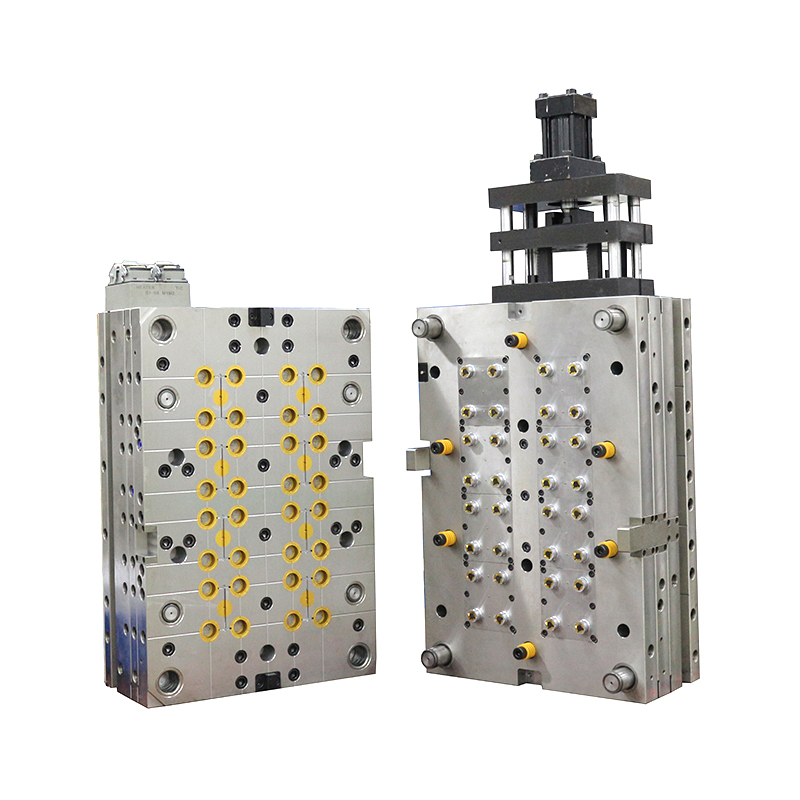The cavity in a Cap & Closure Injection Mold is a critical component responsible for forming the external shape and features of the cap or closure. It is typically made through a series of machining and manufacturing processes. Here's an overview of how the cavity is made:
1. Mold Design: The cavity design is the first step in the process. Mold designers create a detailed 3D model of the cap or closure based on the product's design specifications and requirements. This design includes the overall shape, dimensions, threads (if applicable), and any other features needed.
2. Material Selection: High-quality and durable steel, such as P20, H13, or stainless steel, is commonly used to make the cavity. The material choice depends on factors like expected production volume, material compatibility, and the desired lifespan of the mold.
3. CNC Machining: Computer Numerical Control (CNC) machines are used to precisely machine the cavity shape from the chosen steel material. CNC machining ensures high accuracy and repeatability in reproducing the 3D cavity design.
4. Electro Discharge Machining (EDM): For certain intricate features or fine details, such as threads, undercuts, or logos, EDM may be used. EDM uses electrical discharges to erode the steel and create the desired shapes.

5. Polishing and Surface Finishing: The surfaces of the cavity that come into contact with the molten plastic are carefully polished and finished to achieve a smooth and uniform surface. This surface finish reduces friction during the injection molding process and helps improve the overall surface quality of the finished caps or closures.
6. Fitting and Assembly: Once the cavity is ready, it is fitted and assembled into the mold base, along with other mold components such as the core, cooling system, and ejector pins.
7. Mold Testing and Adjustment: After assembly, the complete mold is tested to ensure proper functionality and to make any necessary adjustments for optimal molding performance.
The cavity is a crucial part of the Cap & Closure Injection Mold, and its precise manufacturing ensures that each cap or closure is accurately shaped and consistent in quality. The quality of the cavity directly affects the final appearance, dimensions, and overall performance of the caps or closures produced by the injection molding process.



 English
English Español
Español










